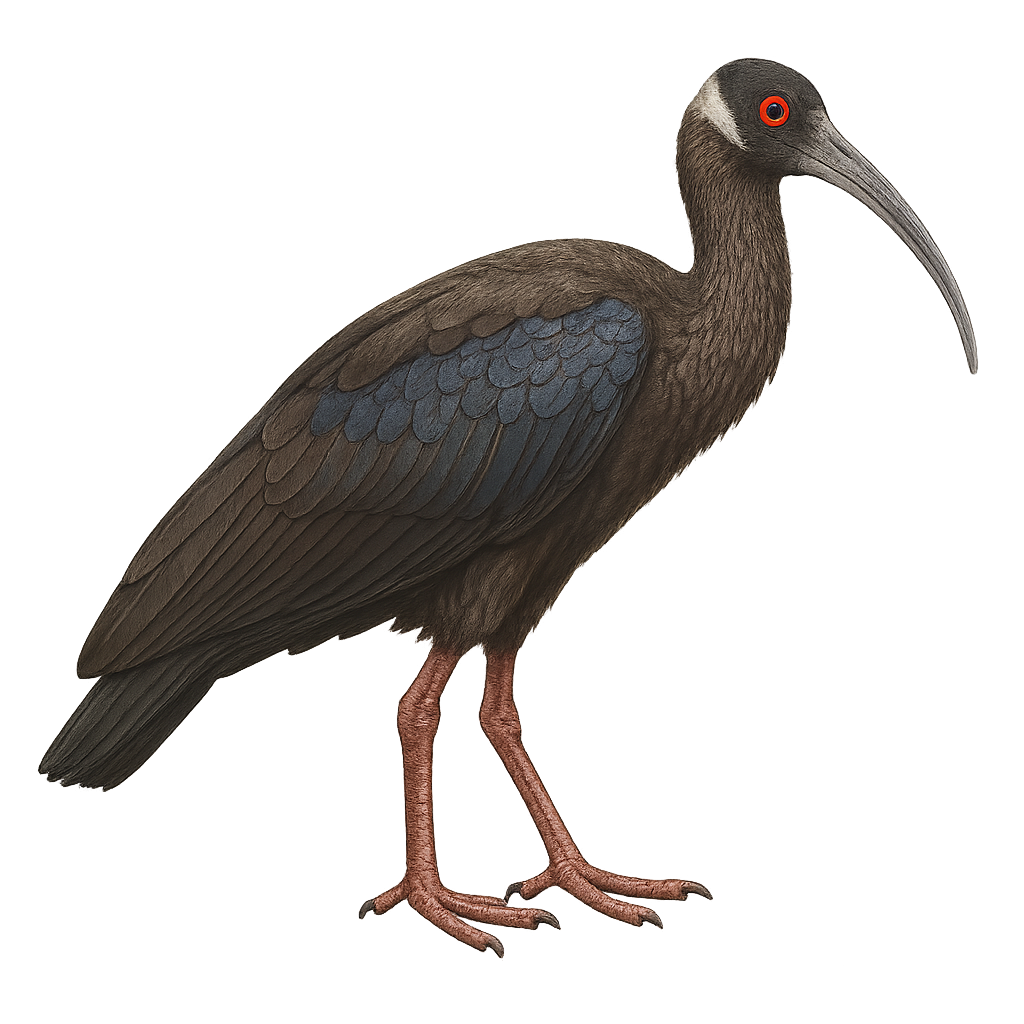Your wildlife photography guide.
Explore the white-shouldered ibis in detail, study its behavior, prepare your shots.
Where to observe and photograph the white-shouldered ibis in the wild
Learn where and when to spot the white-shouldered ibis in the wild, how to identify the species based on distinctive features, and what natural environments it inhabits. The WildlifePhotographer app offers tailored photography tips that reflect the white-shouldered ibis’s behavior, helping you capture better wildlife images. Explore the full species profile for key information including description, habitat, active periods, and approach techniques.
White-shouldered Ibis
Scientific name: Pseudibis davisoni

IUCN Status: Endangered
Family: THRESKIORNITHIDAE
Group: Birds
Sensitivity to human approach: Suspicious
Minimum approach distance: 20 m
Courtship display: March to April
Incubation: 27-29 jours
Hatchings: March to May
Habitat:
Floodplains, open forests, wetlands
Activity period :
Primarily active during the day, with peak activity in the morning and late afternoon.
Identification and description:
The White-shouldered Ibis, or Pseudibis davisoni, is a large and rare wading bird from Southeast Asia, recognizable by its dark plumage, white neck, and black crown. It also features long legs and a curved bill adapted for foraging in wetlands. It inhabits open forests, flooded grasslands, and rice fields in Myanmar, Cambodia, and southern Laos. This species feeds mainly on insects, frogs, crustaceans, and small reptiles. Usually solitary or seen in small groups, the White-shouldered Ibis is critically endangered due to habitat loss and hunting.
Recommended lens:
400mm – adjust based on distance, desired framing (portrait or habitat), and approach conditions.
Photography tips:
To photograph the White-shouldered Ibis, it is advisable to use a 400mm or longer telephoto lens to capture detailed images without disturbing the bird. Since this bird is suspicious, it is important to keep a distance of at least 20 meters. The best photo opportunities occur early in the morning or late afternoon when the light is soft. Try to blend into the environment to avoid scaring it away.
The WildlifePhotographer App is coming soon!
Be the first to explore the best nature spots, track rutting seasons, log your observations, and observe more wildlife.
Already 1 430 wildlife lovers subscribed worldwide

